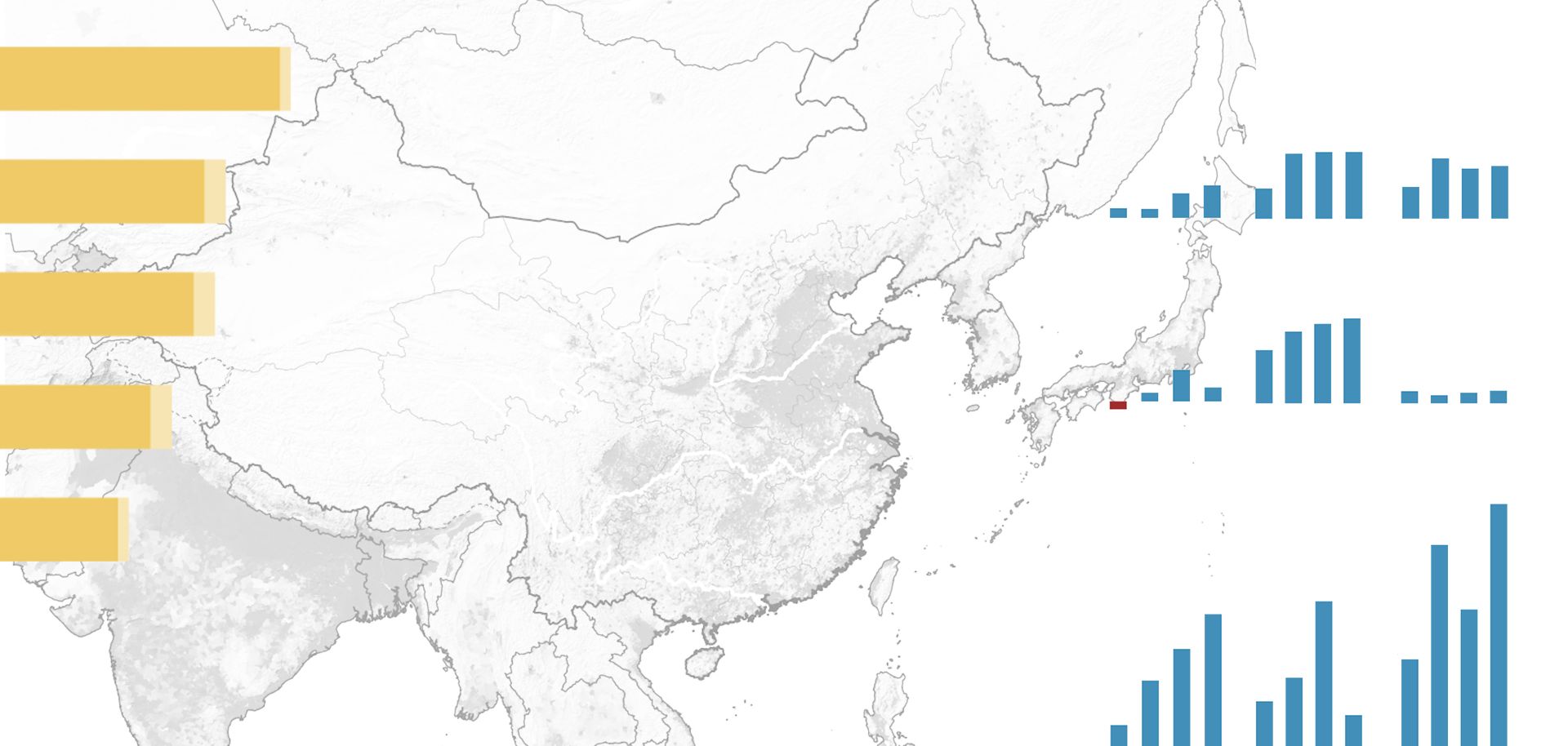
The largest concern for the Kazakh government is preventing social unrest —something Astana has faced many times and that usually leads to early elections. Minor demonstrations about the economy have already popped up in Shymkent, Almaty and Astana. The government is lobbying companies not to decrease salaries or lay off workers. Its first concern is with the workers in the western regions, where energy production is concentrated and where protests and riots have erupted in the past. Many energy firms in the western regions are considering shrinking budgets for 2015, which would lead to cuts in either salaries or jobs. Already the government is in negotiations with Kazakh trade unions to prevent strikes.
The Kazakh economy is slowing, and government forecasts for GDP growth for 2015 resemble the figures seen during the 2008-2009 recession. Several problems are contributing to the economic decline, but low oil prices have had the largest impact. Energy revenues account for 25 percent of GDP and 60 percent of government revenues. Originally, Kazakhstan's 2015 budget was set on the price of oil being $103 a barrel, though in successive months estimates dropped to $90, then $80 and now $50 a barrel. The government has already cut its 2015 budget by 10 percent, with more revisions expected over the next few months.
Another factor is flat growth in energy production. Kazakhstan has attempted to increase its oil production by 2 to 6 percent each year. However, production has been flat since 2010 because of delays at the Kashagan oil project, which is not expected to come online for at least another two years. Astana has ordered the country's other energy projects to increase production, but low oil prices and relatively high operating costs provide little incentive. As a result, the government revised its 2015 oil production forecast from 2 percent growth to flat growth.



